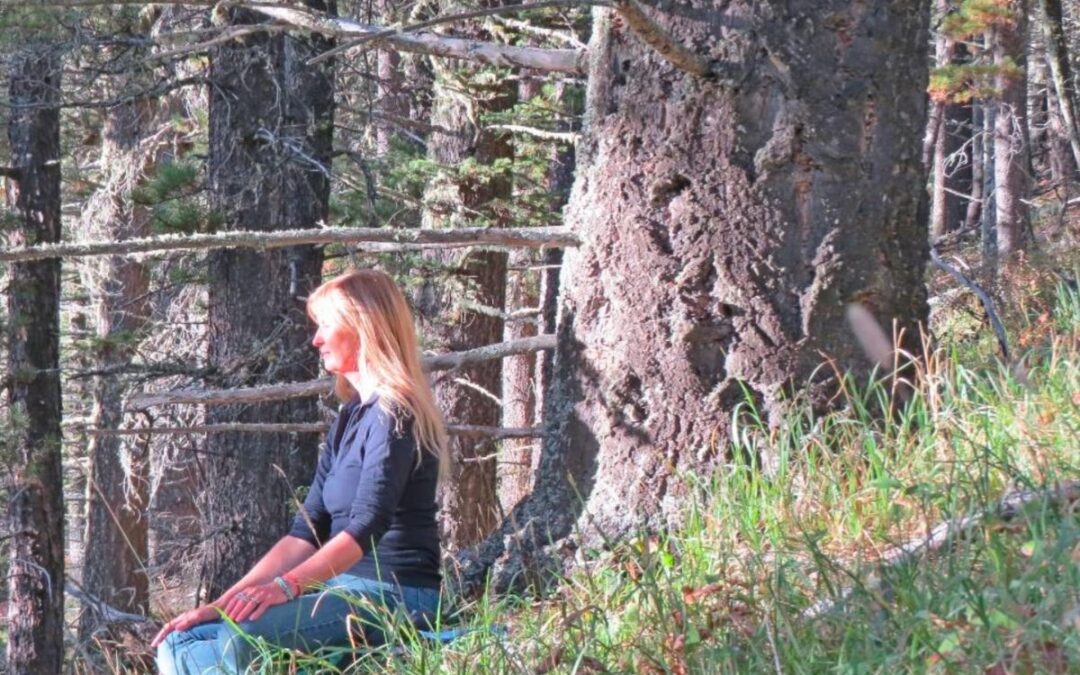Alberta’s forests are more than just timber resources—they are vital ecosystems that sustain wildlife, regulate water and air quality, and combat climate change. Despite their ecological importance, provincial forest policies continue to prioritize timber yields over long-term sustainability. It’s time for a change.
The Importance of Old Growth Forests
Old Growth Refugia are unique groves of mature trees that have survived for over 200 years. These forests are crucial for preserving biodiversity, maintaining water flow in creek watersheds, and supporting habitats for species like pileated woodpeckers, black bears, flying squirrels, and martens.
Alberta’s forest laws, rooted in the Canadian Constitution Act of 1867, emphasize timber production, with the Forest Reserves Act (1942) reflecting this focus. Even recent updates in 2021 have not shifted the emphasis toward ecological preservation. In 2022 alone, Alberta’s forestry industry generated $9 billion, with $5.7 billion from exports—primarily to the U.S. However, this short-term economic gain comes at a long-term environmental cost.
Economic Priorities vs. Ecological Needs
Current forestry practices define sustainability as harvesting trees at 80–100 years of age, based on the biomass growth curve. This approach maximizes economic value for corporations but devastates old growth ecosystems. Research by C. Loehle (2023) highlights how forests beyond 100 years reach a “self-thinning” stage, where fewer but larger trees dominate, creating habitats essential for ecosystem health.
Forests in Alberta’s Foothills, for example, naturally contain 20–30% of trees older than 150 years. These mature trees play a critical role in water regulation. Forest hydrologist Dr. Younes Alilla has shown how they ensure year-round water flows in creek watersheds—an ecosystem service lost in an 80-year harvest cycle.
Old Growth Refugia and Climate Resilience
Old Growth Refugia are not just relics of the past; they are key to our future. These groves:
- Provide genetic diversity for forest regeneration.
- Support fungal networks crucial for moisture retention and nutrient cycling.
- Enhance climate resilience by storing carbon and maintaining biodiversity.
In the West Bragg Creek Trails area, the Bragg Creek Environmental Coalition (BCEC) has identified refugia with trees measuring over 75 cm in diameter—mostly White Spruce and Lodgepole Pine—dating back over 200 years. These trees have survived numerous wildfires since 1840, according to research by Dr. Marie-Pierre Rogeau of the University of Alberta.
How You Can Help Protect Alberta’s Forests
BCEC is working to save these refugia from clearcut logging scheduled by West Fraser Timber in 2026. We’re also expanding our efforts to identify similar groves in the greater Bragg Creek area. Preserving these forests ensures that future generations can benefit from their ecological, cultural, and climate-regulating roles.
To get involved, join our citizen science project and help us identify Old Growth Refugia. By protecting Old Growth Refugia, we preserve Alberta’s natural heritage and safeguard critical ecosystems for generations to come.

